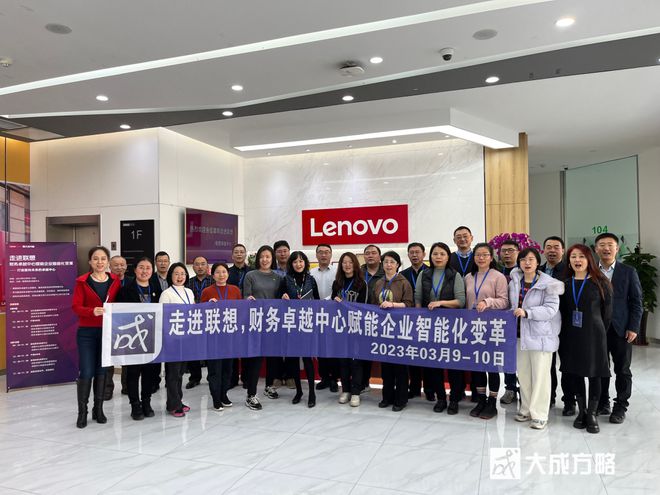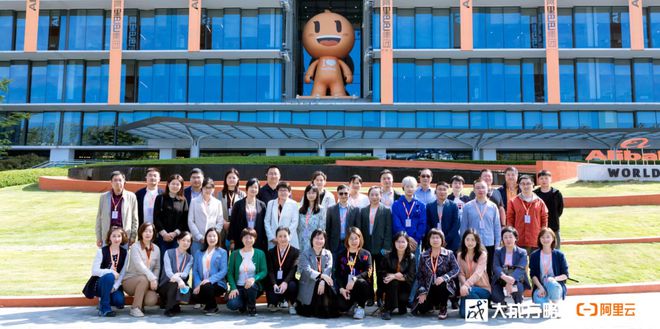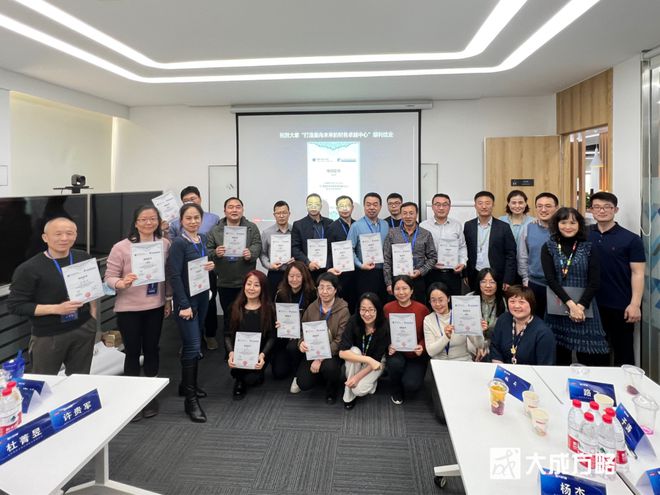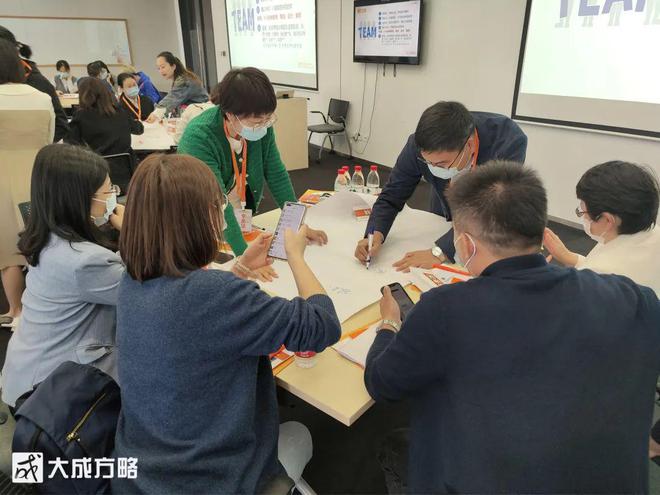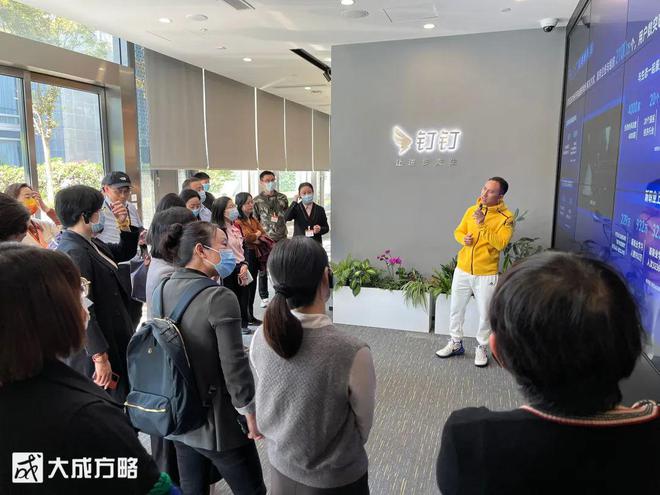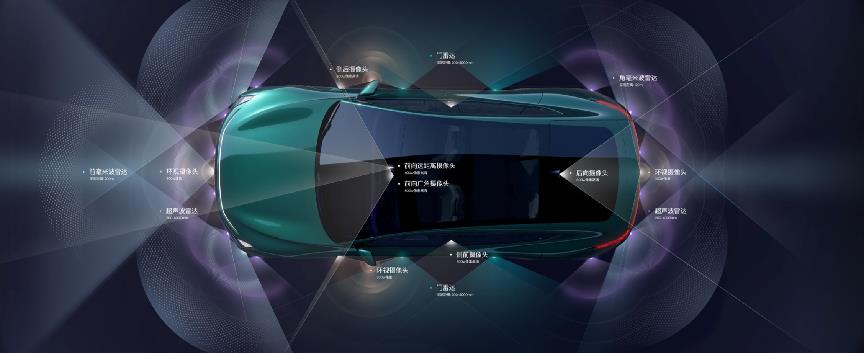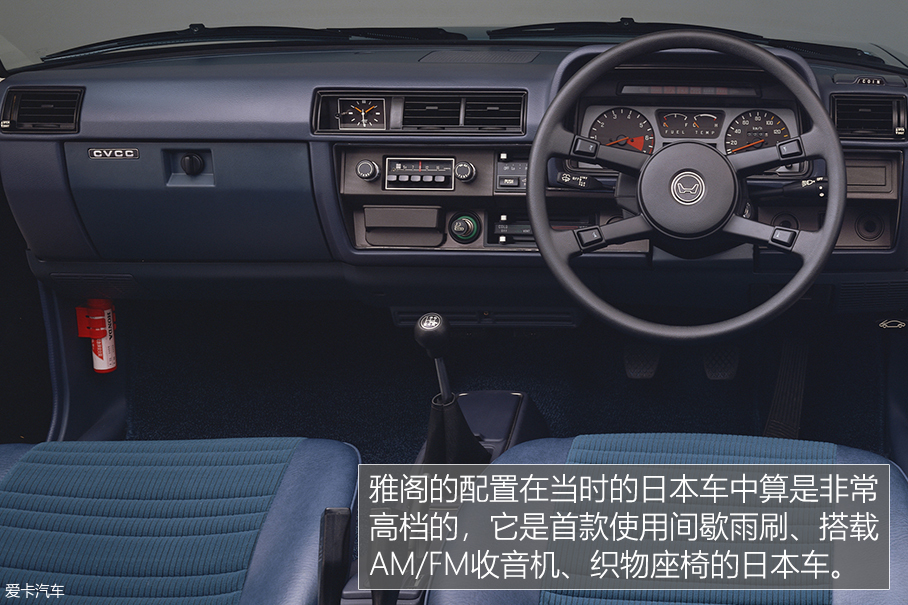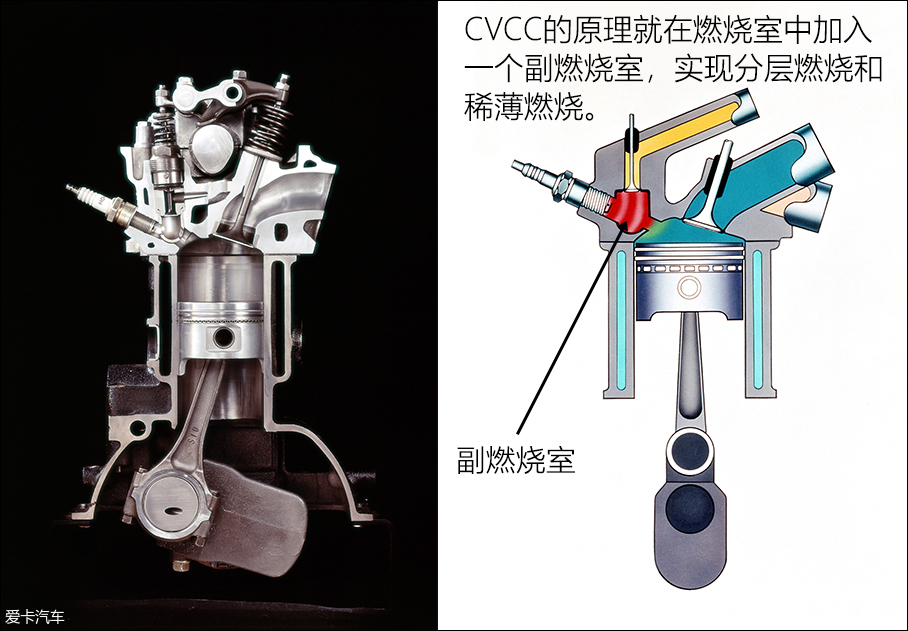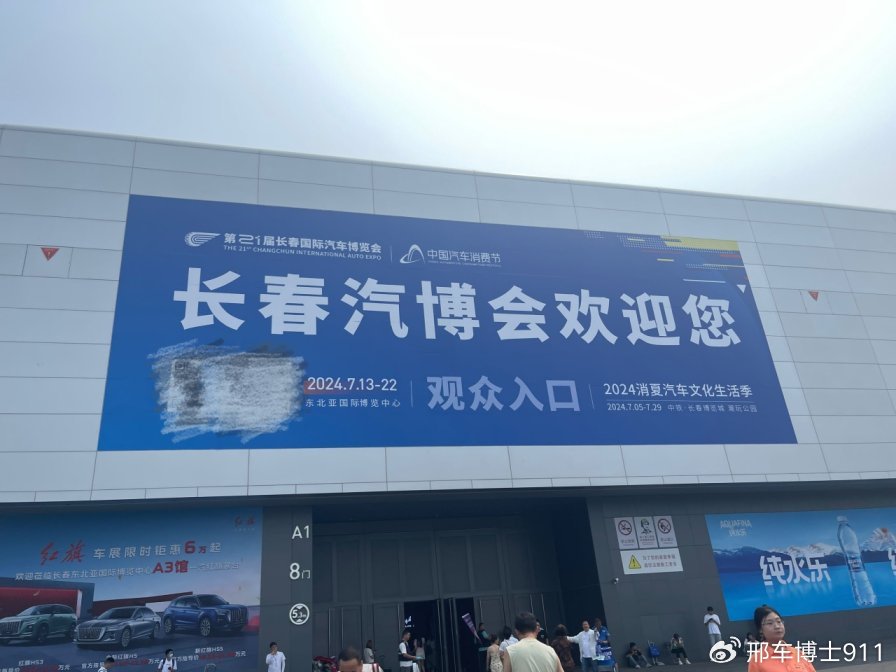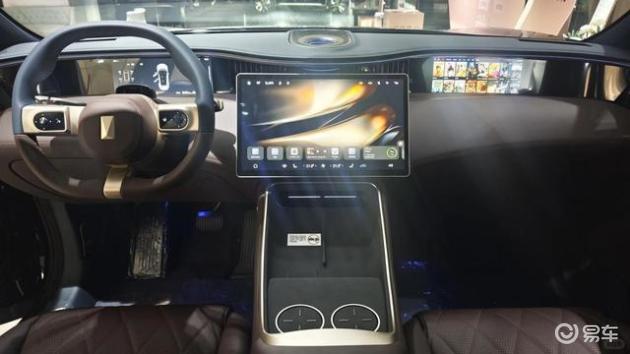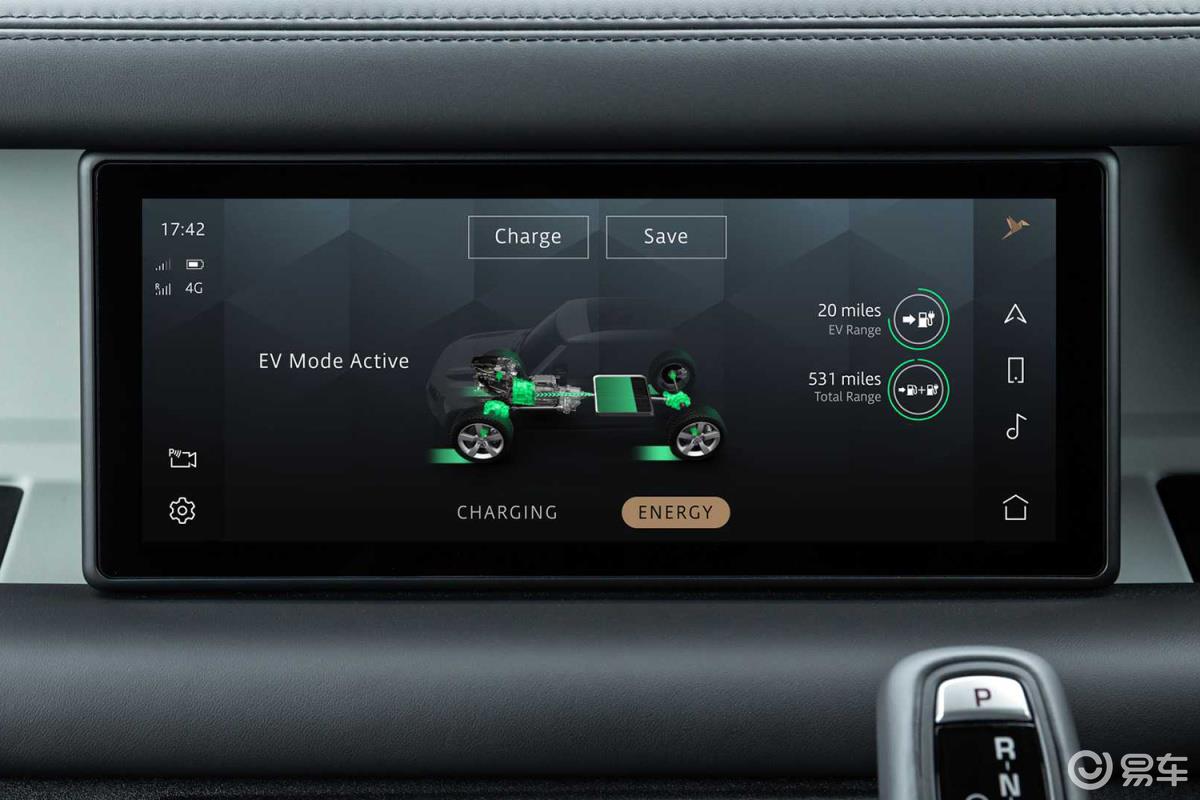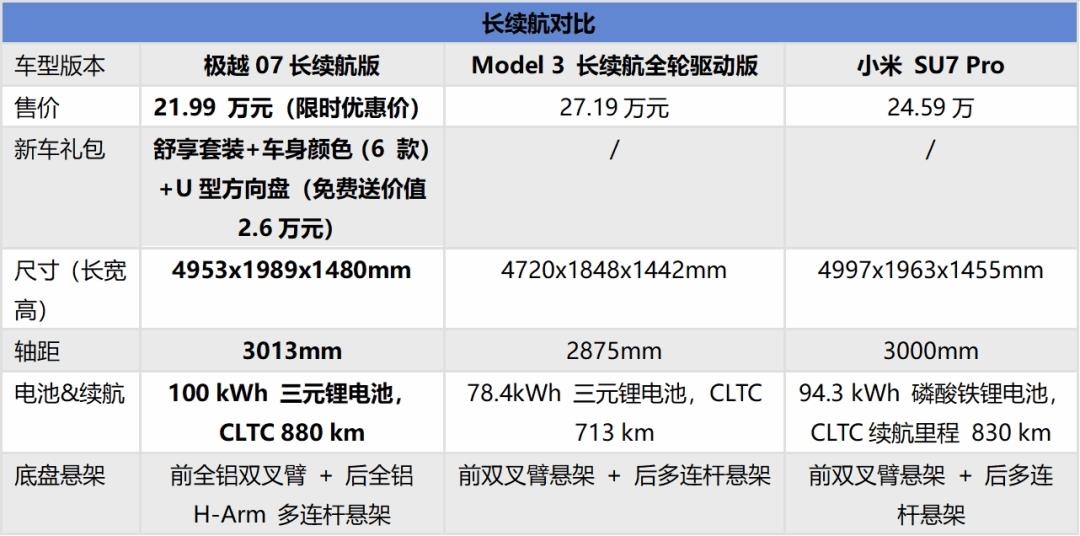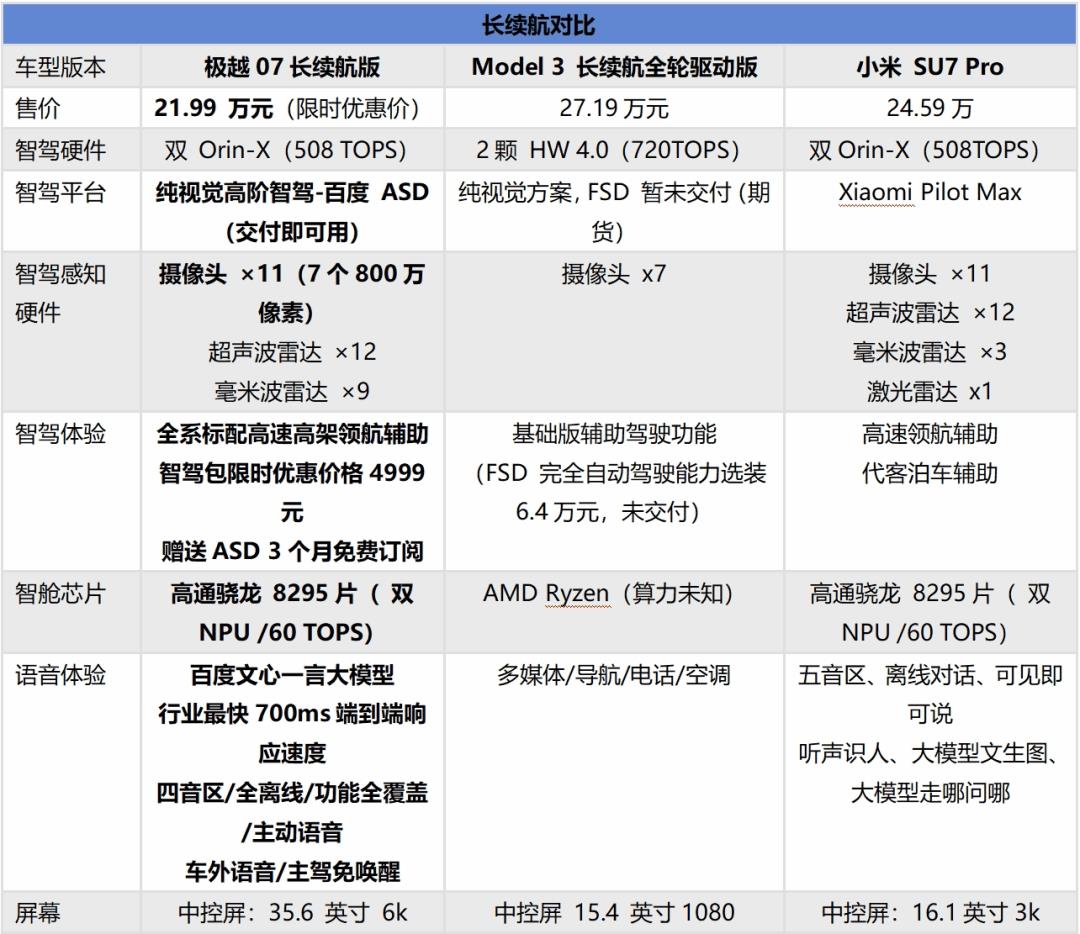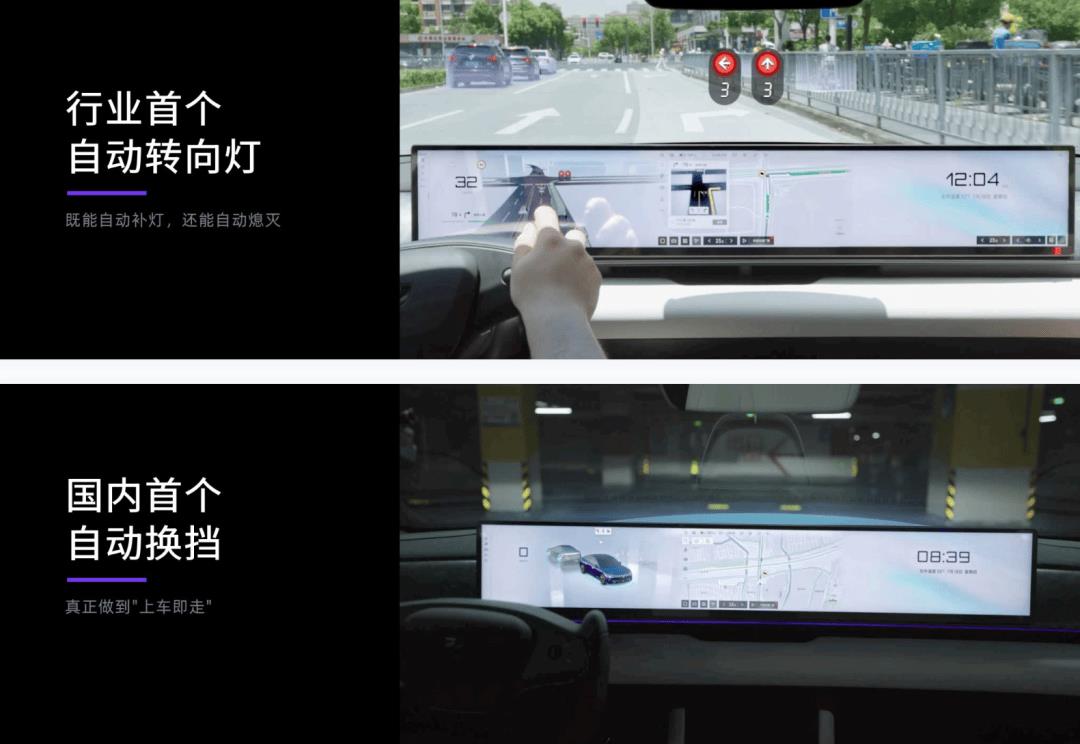● If big data is applied in place, it will prevent the spread of the epidemic to a great extent. By collecting, processing and analyzing the information such as virus characteristics, transmission speed, development law and case symptoms, it will be compared with other infectious diseases and treatment schemes to grasp the initiative of epidemic prevention.
● Blockchain technology is not only applied in charitable donation tracking, epidemic tracking, medical data management, medical supplies and drug traceability, but also conducive to the accurate management and dynamic monitoring of community personnel flow in the process of community epidemic prevention and control.
● While applying advanced scientific and technological means, we should also consider the new legal relations and problems that follow, and adjust relevant legal systems in time to make advanced scientific and technological means more suitable for the requirements of the times.
□ Our reporter Du Xiao
□ Intern of this newspaper Liu Ruhao Yang Huan
"The decision-making power and execution of the epidemic prevention and control command system are the preconditions and key links for Wuhan to win the defense war." In the past few days, Chen Yixin, deputy head of the Central Steering Group and secretary-general of the Central Political and Legal Committee, stressed that the command system should strengthen strategic planning and tactical implementation, build a big data platform, strengthen big data analysis, always have a "number" in mind, establish and improve a strong, orderly and effective command mechanism, and realize scientific, accurate and efficient epidemic prevention and control.
Recently, at the media briefing held by the Ministry of Industry and Information Technology, Han Xia, director of the Information and Communication Administration Bureau of the Ministry of Industry and Information Technology, said that at present, three basic telecommunications companies provide their users with the service of "visiting places within 14 days" based on telecom big data analysis with the authorization of users. This service can help the relevant departments to improve the efficiency of checking the itineraries of migrant workers, investigate key groups, implement accurate prevention and control, and help to resume work and production under the current situation.
Big data, artificial intelligence, drones, blockchain … … In the process of fighting COVID-19 epidemic, advanced scientific and technological means have been used more and more, and good results have been achieved.
Advanced technology for epidemic prevention
Work efficiency has been greatly improved.
Xiao Dongmei (pseudonym) is a community worker who is mainly responsible for the information registration of community residents. According to her introduction, before that, residents had been manually filling in relevant information.
"Filling out forms manually is not only time-consuming and laborious, but also prone to errors. For example, residents may write typos or miss information, which leads us to encounter many difficulties in sorting out and summarizing in the later stage. Moreover, it takes a lot of manpower to convert paper characters into data on the computer, and the work pressure is high. " Xiao Dongmei said.
In view of the above situation, Xiao Dongmei’s community has launched a WeChat applet. Residents can quickly fill in personal information such as "name, address, health status, contact information" on the pop-up e-questionnaire by scanning the QR code through their mobile phones, without any contact in the whole process to avoid cross-infection.
In Xiao Dongmei’s view, this registration method has effectively improved the efficiency of community epidemic investigation. "It not only reduces the time spent on manual registration, but also eliminates the need for staff to enter data one by one when sorting out data, because all data can be seen in the background of small programs."
Since February 8th, Xiao Dongmei’s community began to implement closed management. In order to ensure the safety of the community and reduce the queue time for residents to enter and leave the community during peak hours, the community officially operated the face recognition system.
"After the face recognition system was launched, the registration time of a single resident was shortened to ten seconds. For some elderly people who are not skilled in using mobile phones, face recognition is also more convenient and safe. " Xiao Dongmei said.
In terms of epidemic prevention and control propaganda, in addition to traditional methods such as door-to-door persuasion, hanging banners and putting up posters, Xiao Dongmei’s community also used drones to repeatedly broadcast common sense about epidemic prevention and control, reminding residents in the community not to visit, wear masks and wash their hands frequently.
"There is a small speaker on the drone, which can broadcast the knowledge of epidemic prevention and control anytime and anywhere, and can work around the clock. The publicity efficiency and coverage rate are high, which can basically be heard by every resident." Xiao Dongmei said.
According to Xiao Dongmei, the community also uses drones to carry out street disinfection work. The drones work once every morning and evening, and can spray 500 square meters each time. Using unmanned aerial vehicles for disinfection is not only better than manual spraying, but also reduces the risk of cross-infection caused by human contact and reduces the workload of cleaners.
With the resumption of work and production in full swing, subway stations and other places are undoubtedly the top priority in preventing and controlling the epidemic.
Huang Qingshi (pseudonym) is a subway worker. On February 9th, thermal imaging human body temperature measurement equipment was introduced in his subway station.
Huang Qingshi told the "Legal Daily" reporter that in the past, subway station staff had to check passengers’ body temperature face to face, which not only easily caused congestion, but also increased the possibility of cross-infection. "Thermal imaging human body temperature measuring equipment can use biometric technology to quickly and effectively screen the temperature of passing passengers and improve traffic efficiency. If the machine finds that there is an abnormal body temperature within the detection range, it will automatically give an early warning. At this time, the staff sitting behind the display screen of the thermometer will respond to the early warning in time to find out the abnormal body temperature. "
According to Huang Qingshi, since the thermal imaging human body temperature measuring equipment was put into use, 15 patients with fever have been found in his subway station. Under the guidance of subway station staff, these patients have returned to their community health centers for further observation and treatment. This greatly improves the efficiency of epidemic investigation and enables potential pneumonia patients to receive timely treatment.
Accurate screening of traceable virus
Effectively cut off the route of transmission
It is understood that in order to better ensure the orderly development of epidemic prevention and control work, local public security traffic control departments have taken a series of new measures to improve the efficiency of epidemic prevention and control, improve the service level and ensure smooth traffic when returning to work. Specific measures include multi-channel setting of two-dimensional code for information collection, unmanned aerial vehicle (UAV) shouting in battle, and research and development of "electronic pass code" for trucks.
A person in charge of a high-tech enterprise told the Legal Daily reporter: "In the process of preventing and controlling the epidemic, cutting-edge technologies represented by artificial intelligence, cloud computing and blockchain have played a role. For example, cloud computing helps vaccine research and drug screening, and provides stable and efficient computing support for gene sequencing and medical engineering, thus reducing the cost and cycle of early research and development of innovative drugs; Artificial intelligence technology can accurately identify user information, accurately screen fever personnel, block transmission sources and transmission routes in public places. "
Liu Deliang, a professor at Beijing Normal University Law School, analyzed that the three elements of artificial intelligence are computing power, algorithms and big data. Compared with other high-tech means, artificial intelligence technology has a wider and more flexible application, which can not only help research and develop medicines to treat COVID-19 and monitor the development of epidemic situation, but also show powerful functions in a series of realistic scenes, such as telemedicine consultation, AI mass passenger flow temperature measurement system, distance education, 5G epidemic prevention intelligent robot, unmanned aerial vehicle and so on.
"In the application of artificial intelligence, big data often plays a role as one of the important technical supports. In the face of major emergencies in the future, big data analysis may become the key to solving problems. If big data is applied in place, it will greatly prevent the spread of the epidemic. For example, by collecting, processing and analyzing information such as virus characteristics, transmission speed, development law and case symptoms, it will be compared with other infectious diseases and their treatment schemes, or early warning the epidemic situation and mastering the initiative of epidemic prevention. " Liu Deliang said.
Liu Deliang told the reporter of Legal Daily that at present, the epidemic spread model based on positioning system and big data analysis has been put into practical application in determining the trajectory of confirmed patients and close contact with people. "According to the mobile phone positioning system of the diagnosed patient, the big data expert group uses the actual physical location distance between mobile phones to calculate another mobile phone number within two or three meters, with a certain contact time of more than half an hour. Combining the relationship between the two people, we can analyze the probability of being infected, and then decide the strength and scope of treatment according to the probability."
"If two people are related, there is a greater probability of being identified as close contacts." Liu Deliang said that this is a comprehensive big data application. If it is applied at the beginning of the epidemic, it can fit the first-order stakeholders contacted by patients and the second-order stakeholders contacted by the first-order stakeholders. In this way, it can form the epidemic spread mode and estimate the epidemic spread scale.
Information disclosure and long-distance communication
Data sharing and mutual trust
Previously, the Red Cross Society of Hubei Province and the Red Cross Society of Wuhan City were questioned about the unfair distribution of donated materials, the backlog of donated materials and the low distribution efficiency.
Recently, a charitable donation traceability platform was launched. It is understood that the platform uses the unbreakable and traceable characteristics of the alliance blockchain network to build a transparent, authentic and efficient information exchange bridge between donors and demanders.
According to Zheng Ying, one of the leaders of the platform and a teacher of Zhejiang University, the information published by the organization on the platform needs to meet the requirements of the specification, and provide complete information such as logistics sheets, material auctions, donation details, etc., and once this information is released, it will be recorded in the blockchain and cannot be tampered with. This information will be made public to ordinary users and subject to social supervision.
Cai Liang, executive deputy director of the Blockchain Research Center of Zhejiang University, told the Legal Daily reporter that the blockchain technology is not only applied in the tracking of charitable donations, epidemic situation, medical data management, medical supplies and drug traceability, but also conducive to the accurate management and dynamic monitoring of community personnel flow in the process of community prevention and control.
"As an underlying infrastructure, blockchain technology can provide technical support for data sharing and trust building during epidemic prevention. Even multi-party enterprises and institutions that do not trust each other can build consensus by using blockchain technology. How to make information disclosure better, so that the public can see and believe that blockchain technology has natural advantages. " Cai Liang said.
According to Cai Liang, blockchain technology has three characteristics: distributed, difficult to tamper with and traceable. It is naturally sensitive to data. When applied to the public health system, it can help realize cross-regional and inter-institutional trust and collaboration, improve collaboration efficiency and effectively break the information isolated island in the medical system. As more applications continue to land, blockchain technology will play a greater role in the process of optimizing the public health system in the future.
In addition, the 5G network also played a special role in the epidemic prevention process.
Since February 8th, Wuhan Thunder God Mountain hospital has been put into use, receiving the first batch of patients. As efficient as the speed of hospital construction, it is the coverage of 5G signals in the hospital area. It took only three days from network laying to coverage. With the coverage of the 5G network, Thunder God Mountain hospital, which entered the "wartime" state, used the 5G network for remote command, remote consultation, remote surgery and data transmission to better diagnose and treat COVID-19 patients.
In Liu Deliang’s view, for information transmission, the 5G network is similar to high-speed rail and expressway, which will become the infrastructure for the development of the information industry and also emerge in this epidemic. 5G network can make data transmission smoother and more stable. In order to reduce crowd gathering, telemedicine, conferences, teaching, etc. will use the 5G network, and the 5G network can ensure a fast network speed when there are a large number of online people.
Grasp the boundary of technology application
Adjust the legal system in time.
It is undoubtedly of far-reaching significance to apply high-tech means to fight the COVID-19 epidemic.
"It has been mentioned that developing a good epidemic prevention and control App may be more useful than donating money. It can be seen from this that the role of advanced scientific and technological means in responding to major emergencies. " Lin Dongdai, a researcher at the Institute of Information Engineering of the Chinese Academy of Sciences and director of the State Key Laboratory of Information Security, said that the use of high-tech means is of great guiding significance for tracking the epidemic situation and predicting the development trend of the epidemic situation. Finding out the source of infection, analyzing the channels and methods of infection, and blocking the source of infection are all inseparable from advanced scientific and technological means.
However, Lin Dongdai also reminded that while applying advanced scientific and technological means, we should also consider new legal relations and legal issues that have emerged, and adjust relevant legal systems in time to make advanced scientific and technological means more suitable for the requirements of the times.
For example, Lin Dongdai said that after a major emergency, what personal data can be collected and made public, how public it is, and other details, there is still a lack of authoritative regulations and explanations. In addition, the protection of data such as health information and genetic information is also an issue that needs to be focused on in the future. "In view of some problems exposed in COVID-19, it is necessary to build a better linkage system and mechanism in the future, and all departments should cooperate with each other and give full play to the role of advanced scientific and technological means."
Because big data technology involves personal information, Liu Deliang believes that big data technology should be used carefully. "Operators can have location information, but in principle, they can only analyze group information and are not allowed to track personal data. Moreover, it needs a higher level of approval before this information can be put into use. "
Liu Deliang suggested that in order to ensure the better application of advanced scientific and technological means in major emergencies like the COVID-19 epidemic, in the long run, it is necessary to continue to introduce relevant policies to encourage the development of scientific and technological enterprises, speed up the training of scientific and technological talents, and provide three-dimensional support for scientific and technological development.
Cartography/Gao Yue



